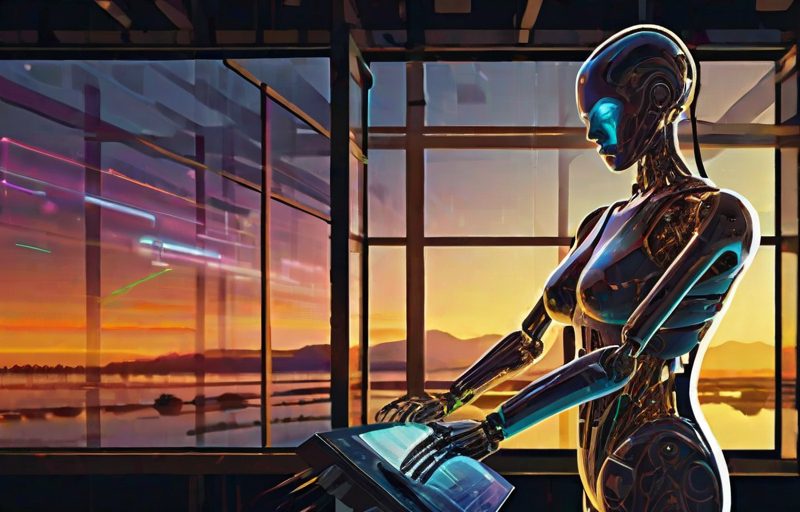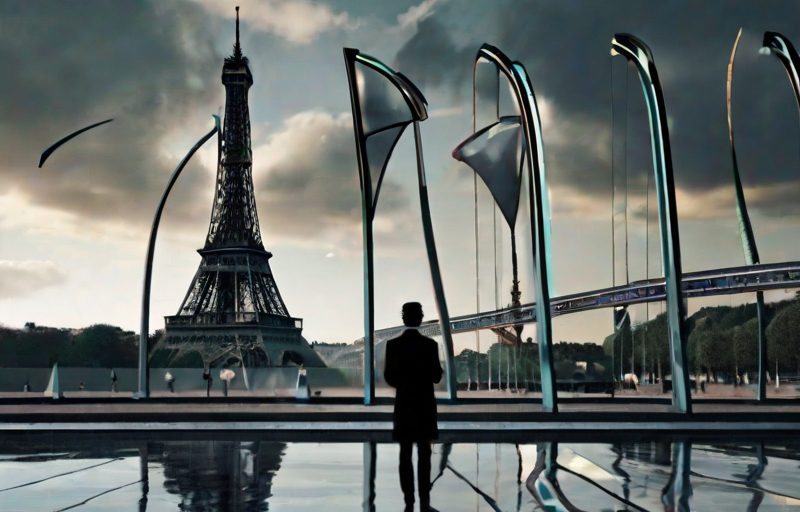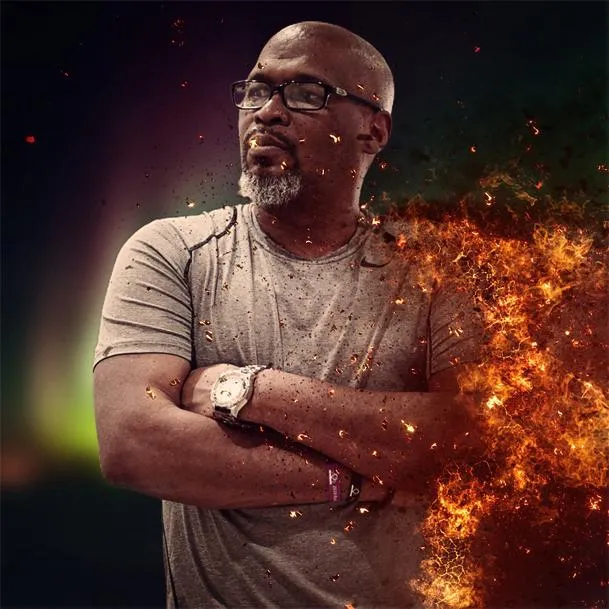Introduction: Unveiling the Aesthetics of AI in Art
Welcome to today’s fascinating exploration in the realm of art and technology! We’re delving into the question that’s been buzzing in creative and technological spheres alike: Can artificial intelligence, or AI, truly create art?
The journey of AI in art has been marked by rapid advancements. In its early days, AI was limited to simple, rudimentary tasks. However, as technology evolved, neural networks and machine learning opened new possibilities. The Manhattan Project of art, if you will.
AI now stands juxtaposed against human creativity, possessing overwhelming algorithmic prowess but often lacking the deeper, more nuanced aspects of creation that humans bring to their art. This raises our central question: Can AI transcend its coded nature and genuinely create art?
Our objective here is to present a balanced, nuanced conversation that delves into both the potentials and limitations of AI in the artistic domain. Let’s set the stage for a discussion that’s as informative as it is thoughtful.
Understanding AI’s Mimetic Abilities
To appreciate how AI generates art, we must first understand the technology that fuels it. At the heart of AI-generated art lies machine learning algorithms and neural networks designed to analyze and replicate artistic styles.
Take, for example, AI mimicking iconic artists like Van Gogh or Matisse. These systems analyze thousands of paintings to understand and mimic the styles, from brush strokes to color schemes. But how do they do it?
Machine learning operates by feeding data into an algorithm that learns patterns and applies those patterns to create new outputs. Neural networks, particularly convolutional neural networks (CNNs), have become adept at recognizing complex features in images, allowing the AI to generate convincing artworks.
However, it’s essential to differentiate between mere imitation and true originality. While AI can reproduce Van Gogh’s “Starry Night,” it’s a replication without the emotional or experiential impetus behind the original creation.
Pro Tip: When exploring AI-generated art, always consider the dataset it’s trained on. The diversity and quality of the dataset significantly influence the resulting art.
The Human Element in Artistry
Human art is a tapestry woven with threads of emotional investment and personal experience. An artist’s emotions, thoughts, and life experiences profoundly influence their creative output.
At the root of creativity is consciousness—an awareness and depth of emotion that AI simply cannot replicate. AI-generated art may be visually compelling, but it often lacks the soulful depth that comes from genuine human experience.
Comparing AI-generated art with human-created pieces reveals a stark contrast. While AI may perfect the technique, it falls short in emotional richness. Insights from artists affirm this view; many believe the human touch is irreplaceable.
Pro Tip: To truly appreciate the difference, spend time with both human and AI-generated art. Reflect on the emotional resonance each piece invokes in you.
The Argument: Can AI Truly Create Art?
Here we dive into the heart of our philosophical debate: What constitutes ‘art’? Traditional views emphasize personal expression and emotional depth. Can AI meet these criteria?
AI’s primary limitation is its lack of personal consciousness. While it can generate art, it cannot embody the soul that often defines truly moving pieces of art. This brings us to a crucial distinction: creating art versus embodying an artistic soul.
Human experiences and individuality are the lifeblood of art. While AI can craft visually impressive pieces, they often miss the mark on evoking the raw human experiences that make art timeless.
Pro Tip: Consider philosophical frameworks when evaluating AI art. Questions like “Does this piece evoke a personal response?” can help delineate AI imitations from genuine art.
Human Emotions vs. Algorithmic Coding
Artistic creation is deeply influenced by raw emotions and individuality. Think about a classic painting or an evocative piece of poetry. These works resonate because they convey the artists’ deepest feelings and unique perspectives.
Conversely, algorithms lack these emotional textures. A code doesn’t get heartbroken, experience joy, or navigate the complexities of existence. This inability to feel and express these nuances limits an AI’s ability to produce emotionally compelling art.
Pro Tip: When evaluating AI art, look for the depth of emotion. While technical prowess is impressive, the true measure of art often lies in its emotional impact.
Conclusion: AI as a New Form of Expression
While AI may never fully replace human artistic capabilities, it opens the door to a new form of expression. It challenges our traditional understanding of art and allows us to explore new creative frontiers.
The narrative of what constitutes art is constantly evolving. As technology advances, it’s fascinating to see how AI and other digital tools are reshaping our artistic landscape.
Thank you for joining us in this exploration. Keep questioning, keep exploring, and stay curious. The intersection of art and technology is just another brushstroke in the ever-expanding canvas of human creativity.







